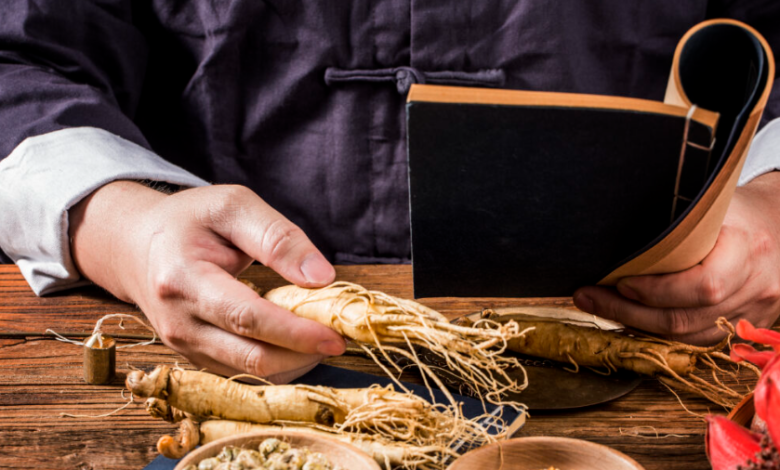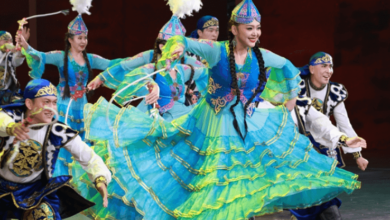The Enduring Wisdom of Chinese Medicine: A Holistic Path to Health

Chinese medicine, often referred to as Traditional Chinese Medicine (TCM), is a profound and ancient system of healing that has evolved over thousands of years. Rooted in philosophical concepts and empirical observations, it offers a comprehensive approach to health and wellness that views the human body as an intricate microcosm interconnected with the natural world. Unlike conventional Western medicine, which often focuses on treating specific symptoms or diseases, Chinese medicine emphasizes achieving and maintaining balance and harmony within the body, as well as between the individual and their environment. This holistic perspective forms the bedrock of its diagnostic and therapeutic practices, aiming not just to alleviate illness but to foster overall well-being and prevent disease.
The Fundamental Principles of Chinese Medicine
At the core of Chinese medicine lie several fundamental principles that guide its understanding of health and disease:
Yin and Yang: This is perhaps the most well-known concept in Chinese philosophy and medicine. Yin and Yang represent two opposing yet complementary forces that exist in everything in the universe, including the human body. Yin is associated with coolness, darkness, passivity, and femininity, while Yang is linked to warmth, light, activity, and masculinity. Good health is believed to stem from a dynamic balance between these two forces. An imbalance, whether an excess or deficiency of either Yin or Yang, can lead to illness.
Qi (Vital Energy): Qi is the fundamental life force or vital energy that animates all living things. In the human body, Qi circulates along specific pathways called meridians, which are like invisible rivers connecting organs, tissues, and body parts. When the flow of Qi is smooth and abundant, health is maintained. Blockages, deficiencies, or excesses of Qi can disrupt this flow, leading to pain, dysfunction, and disease.
Five Elements (Wu Xing): The Five Element theory describes the interconnectedness and interrelationships between different aspects of nature and the human body. These elements—Wood, Fire, Earth, Metal, and Water—are associated with specific organs, emotions, seasons, colors, and tastes. For example, Wood is linked to the liver and gallbladder, anger, spring, and green. Understanding these relationships helps practitioners diagnose imbalances and formulate treatment strategies that restore harmony among the elements.
Key Practices and Therapies in Chinese Medicine
To restore balance and promote healing, Chinese medicine employs a variety of therapeutic modalities:
Acupuncture and Moxibustion: Acupuncture involves the insertion of fine, sterile needles into specific points on the body to stimulate the flow of Qi and blood, thereby promoting healing and relieving pain. Moxibustion often accompanies acupuncture, using the burning of dried mugwort (moxa) near the skin to warm and invigorate the flow of Qi and blood, particularly for conditions related to cold or deficiency.
Herbal Medicine: Chinese herbal medicine is a sophisticated system that uses natural plants, minerals, and sometimes animal products. Practitioners create personalized herbal formulas, often consisting of multiple ingredients, to address the individual’s specific pattern of imbalance. These formulas are designed to work synergistically to restore harmony and support the body’s natural healing processes.
Tui Na Massage and Cupping: Tui Na is a form of therapeutic massage that uses various hand techniques to stimulate acupoints, release muscle tension, and improve the circulation of Qi and blood. Cupping involves placing warmed glass cups on the skin to create suction, which helps to draw out toxins, relieve pain, and improve blood flow to specific areas.
Mind-Body Practices: Practices like Tai Chi and Qigong are integral to Chinese medicine. These gentle exercises combine slow, deliberate movements with deep breathing and meditation, helping to cultivate Qi, improve physical balance, reduce stress, and enhance overall mental and physical well-being.
The Modern Relevance of Chinese Medicine
In an increasingly globalized world, Chinese medicine is gaining significant recognition and is often integrated with conventional Western medical practices. Its holistic approach offers valuable insights into managing chronic pain, reducing stress, and addressing a wide range of health conditions that may not respond well to conventional treatments alone. Many individuals seek TCM for its focus on preventive care, aiming to maintain long-term wellness rather than just reacting to illness. Research continues to explore the efficacy of TCM modalities, contributing to a growing body of evidence that supports its therapeutic benefits. This ancient healing art is proving its enduring value in contemporary healthcare, offering complementary and alternative options for those seeking a balanced and natural path to health.
Conclusion: An Enduring Legacy of Natural Healing
Chinese medicine, with its profound history and holistic philosophy, continues to offer a unique and valuable perspective on health and healing. Its emphasis on balance, harmony, and the interconnectedness of mind, body, and spirit provides a powerful framework for understanding and addressing human ailments. From acupuncture and herbal remedies to Tui Na and Tai Chi, its diverse practices offer personalized approaches to wellness that resonate with a growing number of people worldwide. As a time-tested system, Chinese medicine stands as an enduring legacy of natural healing, providing profound benefits and a complementary path to health in our modern world.
